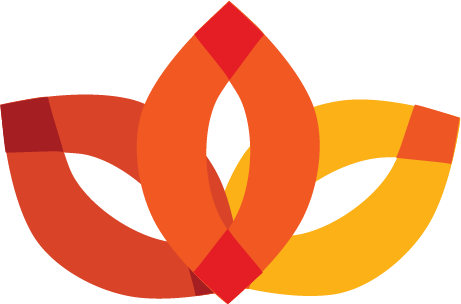
People, organizations, and projects have different needs, so a pre-determined process will not be very effective. Therefore, the first step is to determine the best strategy for your particular circumstances. Each project is unique and each situation is special. This means that you need to customize both process and methods for each gender equality and diversity process you take on.
A method is generally described as a systematic approach to achieve certain outcomes. The participatory approach described in this Promoting Sustainable Change toolkit involves people who are directly or indirectly affected by a work culture, project, design, results, products, projects, processes, services, or a system as a whole.
The focus of the participatory approach proposed in this toolkit is to involve people, because it is people who have to make the changes to solve gender equality and diversity issues. This also involves emphasizing human diversity as individuals have unique backgrounds and needs – different ages, sizes, strengths, cognitive abilities, experiences, expectations, and goals.
Each project is based on its own specific conditions – different people with different needs and conditions and with different expectations. The process proposed in this toolkit contains some generic basic steps and phases and some specific gender equality and diversity methods. These tested and proven methods address gender equality and diversity issues. Faced with a new project, you can use the basic generic process and consider which of the methods and tools best suit your particular project and participants. Sometimes all the methods and the whole process are required; sometimes only one method is needed, even in a larger project.
The toolkit describes a number of methods and tools. The descriptions give you an idea of how they have been used, but you can change and test new variations and structuring of the methods. Picasso supposedly once said this: “Learn the rules so you know when you break them”. That is, the first time you use the toolkit it might be good to use the method similar to the description to really understand the intent of the method before beginning to test other applications.
A method is a description of a procedure. It is not a recipe in the sense that if you follow the description to the letter, you get certain guaranteed results.
The methods and tools described here include people and complex situations with different conditions, relationships, and driving forces. It is important to involve people, different people with different needs, in order to achieve sustainable change. In our experience, when a person empathizes with another person’s experiences and perspectives, something happens, and change is suddenly achievable.
Remember that the process is there to guide your way, the methods to facilitate the project, and the participants to make the changes.
This is a tool for gender mainstreaming collaboratively created by two universities and some industry stakeholders, a gender mainstreaming checklist. The tool is designed to facilitate the integration of a gender and diversity perspective in projects and other activities. The app contains a checklist of practical gender mainstreaming in projects or other activities.
Gender observations is a tool to explore and bring to life differences in how women and men act and react in everyday interactions.
Despite a growing awareness of gender inequality there are still obsolete structures and practices within e.g. innovation systems. Acker for this reason proposed analysing gender systems in relation to structures, interactions, symbols, and identities.
Value exercise is a tool that encourages a discussion about your values, your team’s values, your organization’s values, and society’s values. The exercises can be a good way to begin a seminar or session, as an “ice breaker”, and as a way to stimulate new thinking. It can be varied in a number of ways, depending on issues, what statements are important to explore, and what prior knowledge and understanding participants have.
World café is a tool that invites stakeholders and other interested parties to explore questions and issues.
Developed by Flanagan in 1954, the Critical Incident Technique (CIT) is originally a technique for collecting observations on human behaviour to identify a particular event that somehow has been critical, either positively or negatively. The technique can be used in interviews, in focus groups, or in workshop settings within a work group.
Personas are fictional descriptions of a person whose goals, feelings, perceptions, experiences, etc. are relevant to the work group it is designed for. It is a commonly implemented design method to make the design team emphasize user experiences.
An action plan helps us go from visions to reality. It describes the way your team will use its knowledge, strategies, and competences to meet the objective of a gender equality and diversity aware innovation system. An action plan consists of a number of short- and long-term actions.